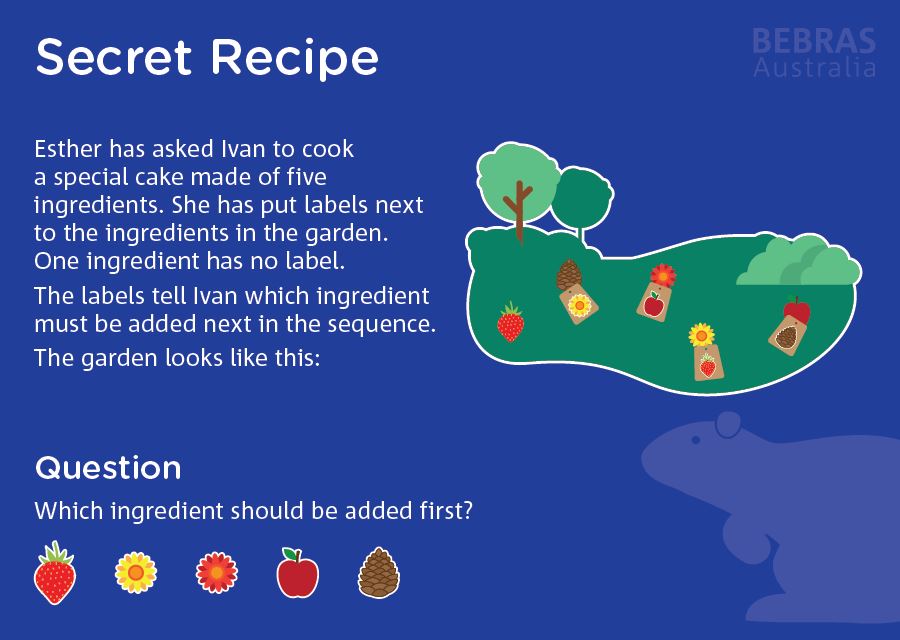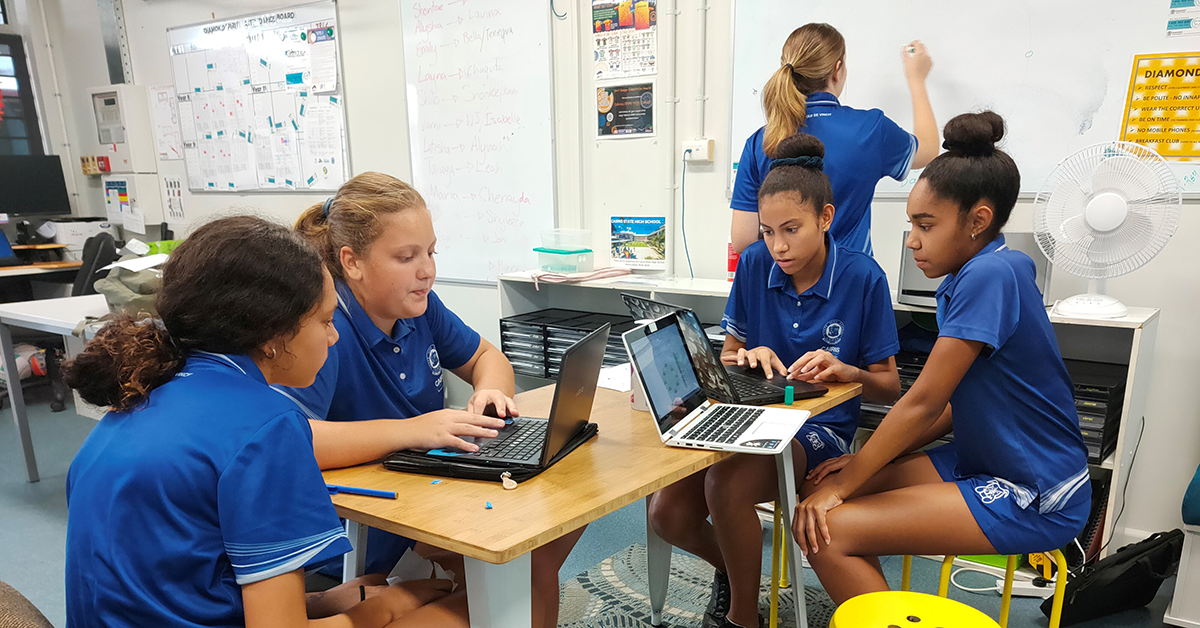The Bebras Computational Thinking Challenge is running again this year.
What do you want to be when you grow up?
Students across the country are now back at school. This question – what do you want to be when you grow up? – is one they’ll hear often in the coming years.
Most of us were remember this from when we were growing up. Some of us may have known the answer already. But today’s students may not be so sure. Many future jobs haven’t been invented yet. Some future industries don’t exist yet. Many current jobs will be reshaped or disappear, especially due to the digital revolution.
So, instead of asking the above question, maybe we should be asking: what problem do you want to solve?
Problem-solving skills are highly sought by employers, and are needed in almost every discipline. These skills will allow students to take advantage of whatever jobs there are in the future.
Students from years three to 12 can test their problem-solving skills as part of the upcoming Bebras Australia Computational Thinking Challenge. The challenge runs for two weeks in March.
Let’s break down the ABCs of the Bebras Challenge:
Australian Curriculum-aligned
The Bebras Australia Computational Thinking Challenge aligns to the Australian Curriculum. It’s also free to join, completely online, and fun too!
Bebras means beaver
Bebras is the Lithuanian word for beaver. Beavers are some of the only animals that work collaboratively to solve problems. Students can choose to complete the Bebras Challenge individually or in groups.
More than 60 countries around the word compete in this global challenge! It helps to inspire more than 2.8 million students to beaver away at even the trickiest of problems.
Computational thinking to solve problems
Computational thinking skills are key to problem-solving. These skills involve breaking problems down into parts, identifying patterns, and finding solutions.
Computational thinking uses a series of ordered steps, known as algorithms, just like a machine or computer would do. These skills can be applied to almost any type of problem.

Can you solve this question which tests decomposition (which involves breaking down data, processes, or problems into smaller, manageable parts).
Answer: The red flower.
The first added ingredient must be the one with no image referring to it.
By developing computational thinking skills we can improve digital literacy, create better problem solvers, and prepare students for the jobs of the future.
This year’s 2021 Bebras Australia Computational Thinking Challenge will run in two rounds. Round 1 is 15 – 28 March and Round 2 is 23 August – 5 September.


